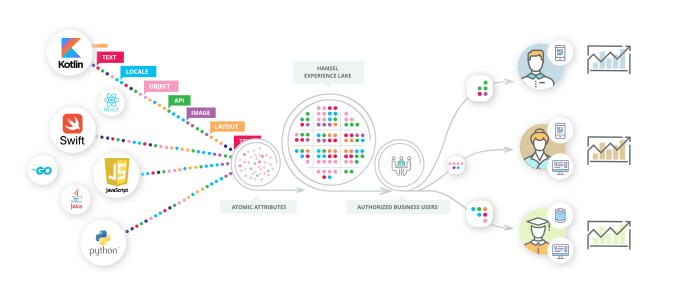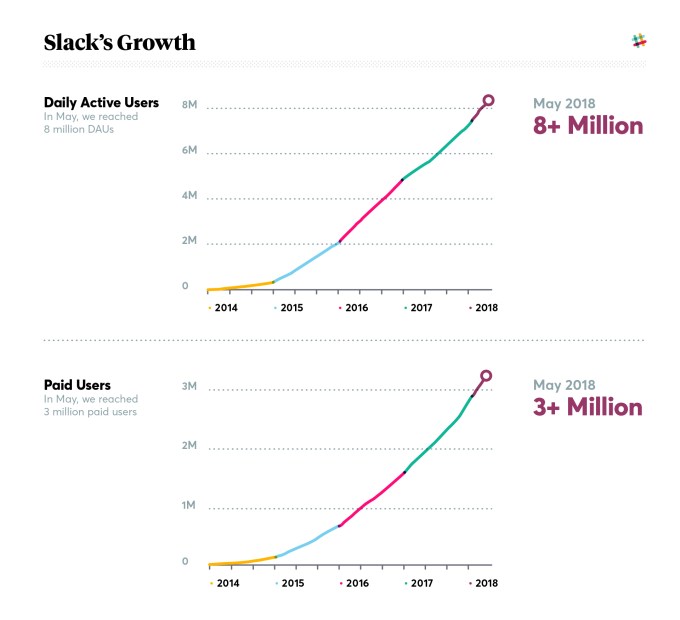The tech startup community across Africa is developing rapidly, and we’re beyond happy to return a second time to host TechCrunch Startup Battlefield Africa 2018 in Lagos, Nigeria on December 11. More than 300 tech hubs across Africa connect and mentor entrepreneurs, and we can’t wait to showcase 15 of the continent’s best innovators, makers and technical founders. Are you one of them? Want to compete in the Startup Battlefield? Submit your application today.
The format for this Battlefield differs from the one we hosted in Nairobi last year, so here’s what you need to know before you apply.
We encourage applications from any type of early-stage tech startup. The review process is competitive, and seasoned TechCrunch editors will scrutinize every application and select 15 companies to participate. They’ll base their selection on, among other things, a startup’s potential to produce an exit or IPO.
Participating founders receive free pitch coaching from our editors, and they’ll be at their very best come the big day. Five startups will compete in one of three preliminary rounds, where they’ll have six minutes to pitch and present their demo to a panel of judges composed of entrepreneurs, technologists and VCs (recruited by our editors), all experts in their categories.
Following each pitch, the judges have six minutes to ask probing questions. Five of the original 15 startups will be chosen to pitch a second time — to a fresh set of judges — and from that cohort the judges will choose one overall winner of TechCrunch Startup Battlefield Africa 2018.
The champion founders will receive US$25,000 in no-equity cash, plus an expenses-paid trip for two to compete in Startup Battlefield in San Francisco at our flagship event, TechCrunch Disrupt 2019 (assuming the company still qualifies to compete at the time).
Perhaps even more valuable than the cold, hard cash is the exposure that comes from pitching in front of a live audience of influential technologists, entrepreneurs and investors — and to the global TechCrunch audience tuning in online. That’s pure gold.
Now that you know the process and what’s at stake; here’s what you need to know about eligibility. Startups should:
- Be early-stage companies in “launch” stage
- Be headquartered in one of our eligible countries*
- Have a fully working product/beta that’s reasonably close to, or in, production
- Have received limited press or publicity to date
- Have no known intellectual property conflicts
If you want to dig deeper into the details, read our TechCrunch Startup Battlefield Africa 2018 FAQ.
It’s a prime time to be a startup in Africa, and it’s the perfect time to compete in TechCrunch Startup Battlefield Africa 2018, which takes place on December 11 in Lagos, Nigeria. Apply right here today.
*Residents in the following countries may apply:
Angola, Benin, Botswana, Burkina Faso, Burundi, Cameroon, Cabo Verde, Central Africa Republic, Chad, Comoros, Republic of the Congo, Democratic Republic of the Congo, Cote d’Ivoire, Equatorial Guinea, Eritrea, Ethiopia, Gabon, Gambia, Ghana, Guinea, Guinea-Bissau, Kenya, Lesotho, Liberia, Madagascar, Malawi, Mali, Mauritania, Mauritius, Mozambique, Namibia, Niger, Nigeria, Rwanda, Sao Tome and Principe, Senegal, Seychelles, Sierra Leone, Somalia, South Africa, South Sudan, Sudan, Swaziland, Tanzania, Togo, Uganda, Zambia and Zimbabwe. Notwithstanding anything to the contrary in the foregoing language, the “Applicable Countries” does not include any country to or on which the United States has embargoed goods or imposed targeted sanctions (including, but not limited to, Sudan).





